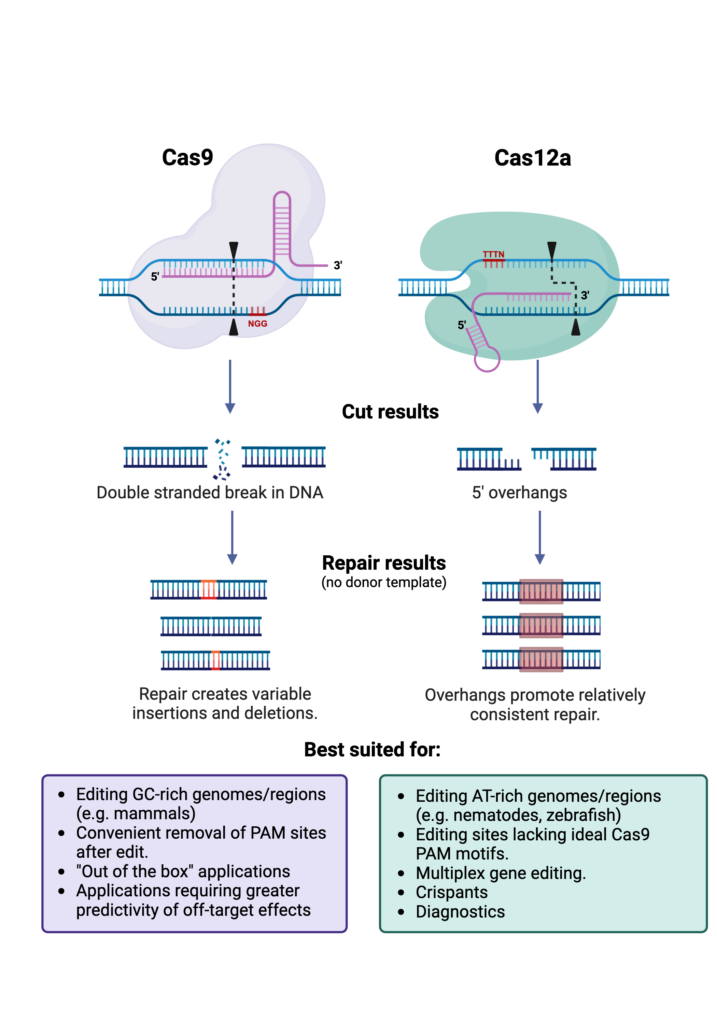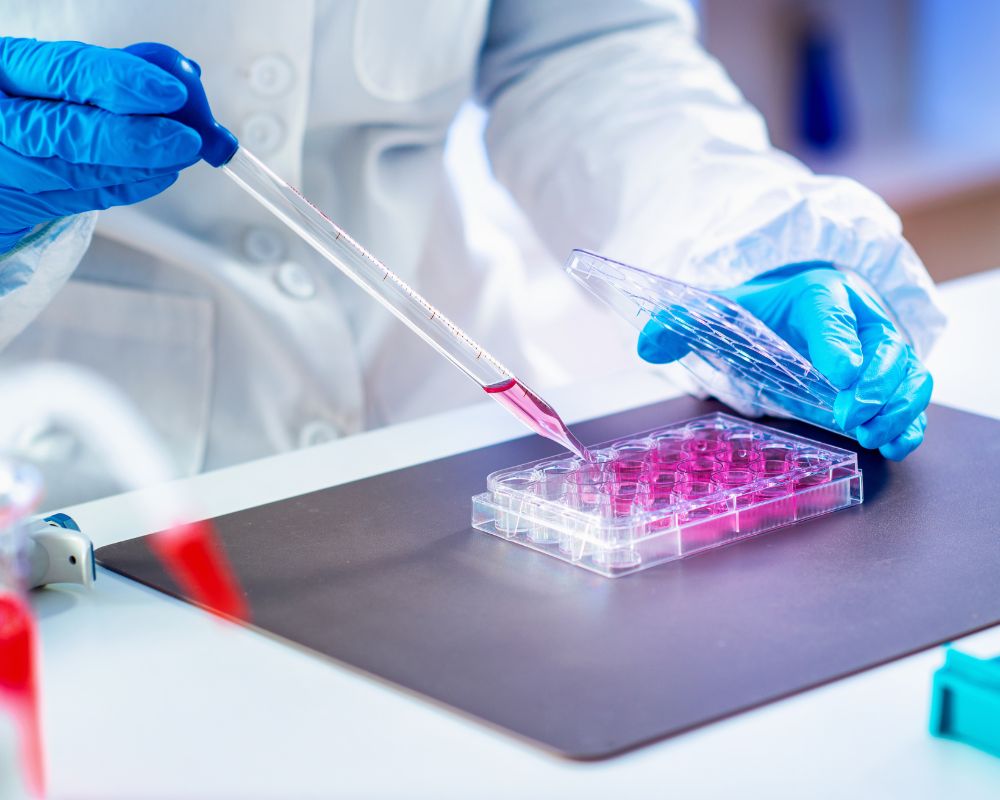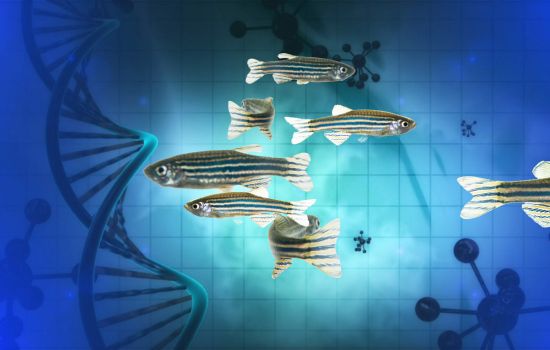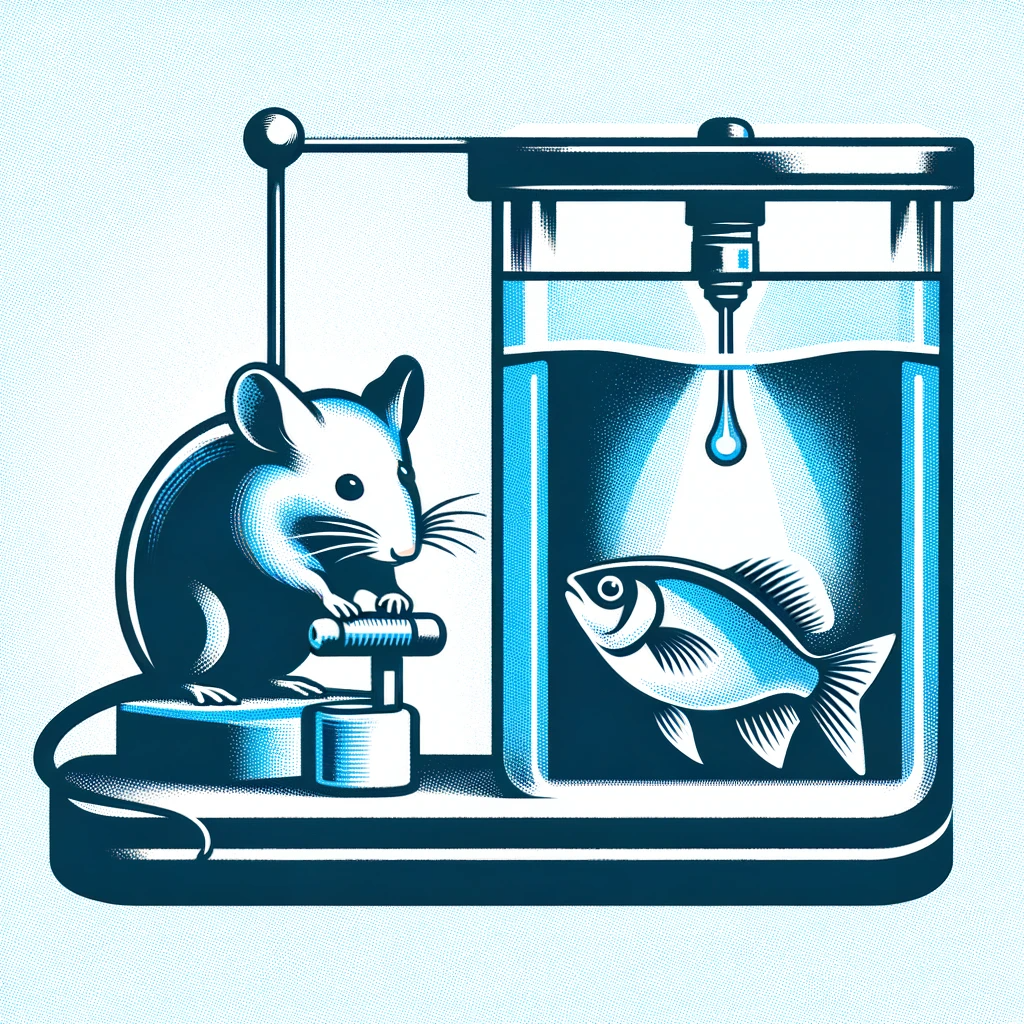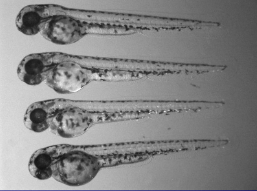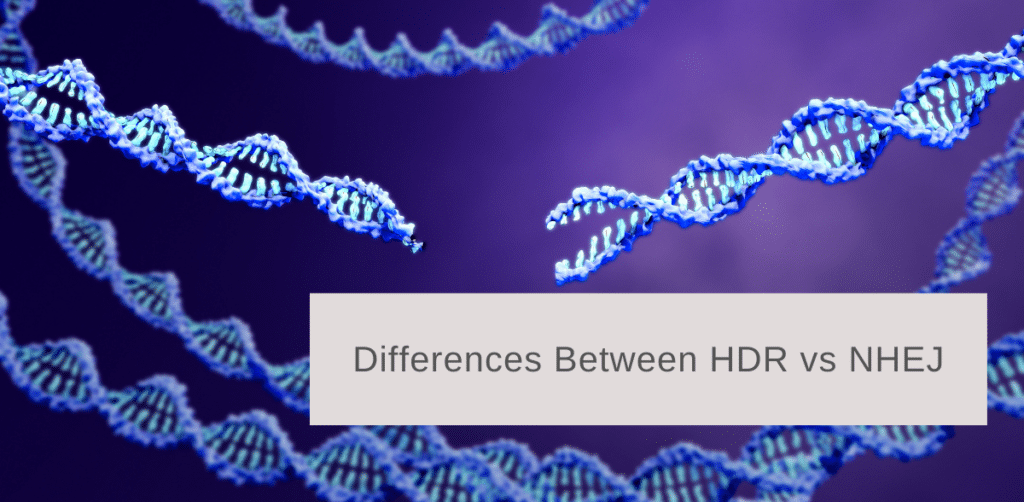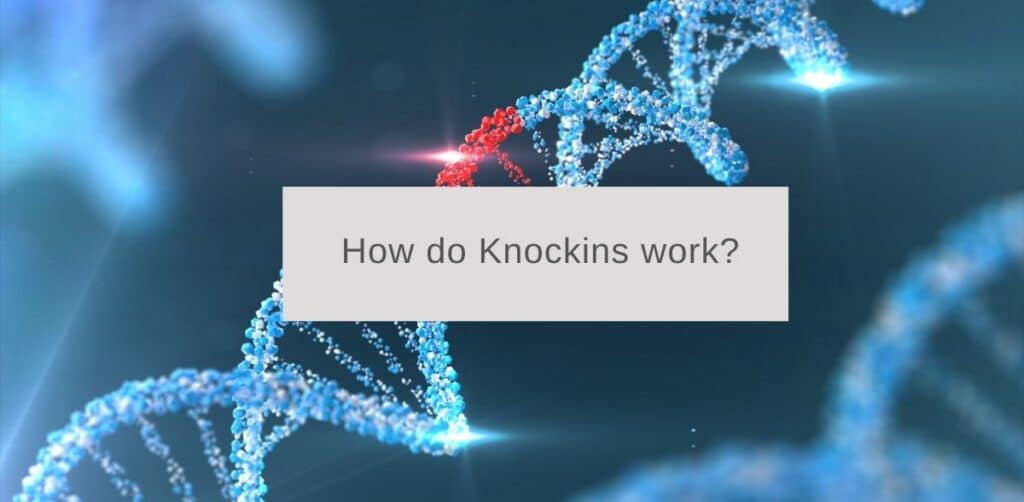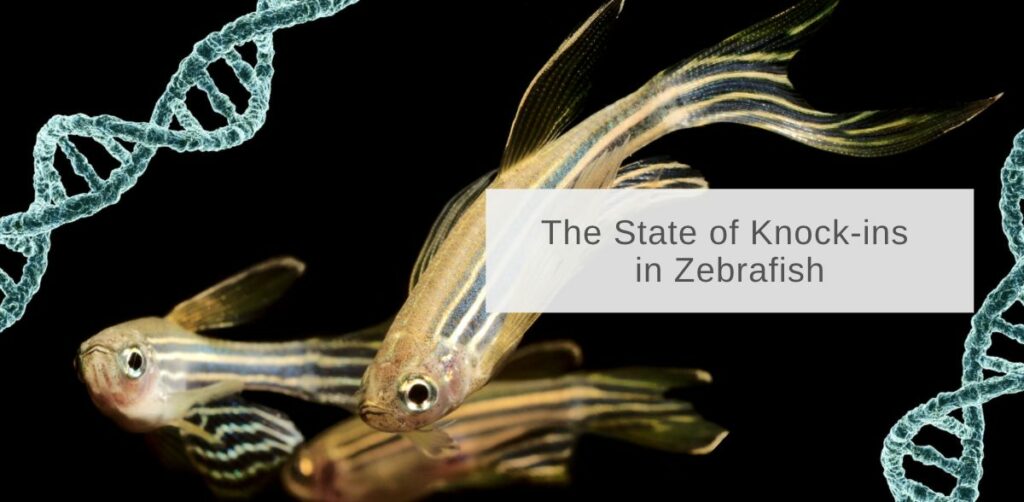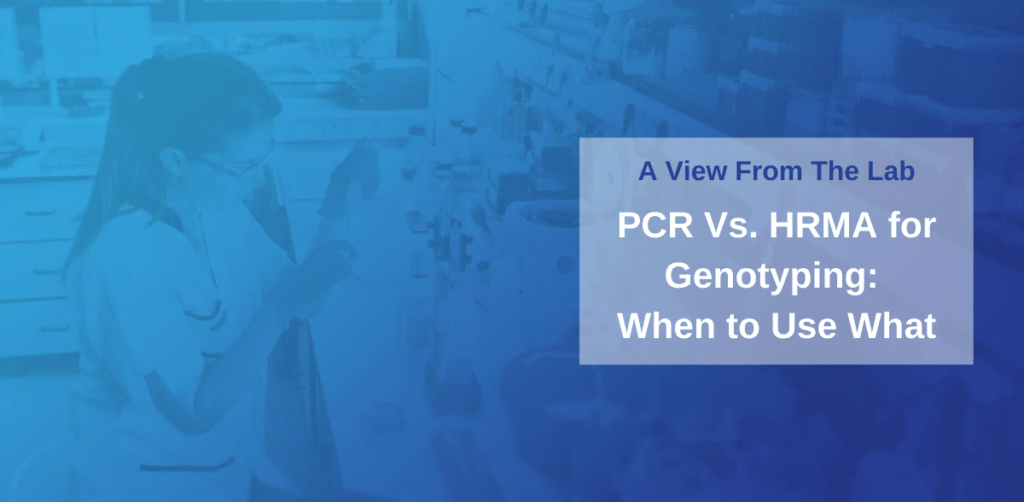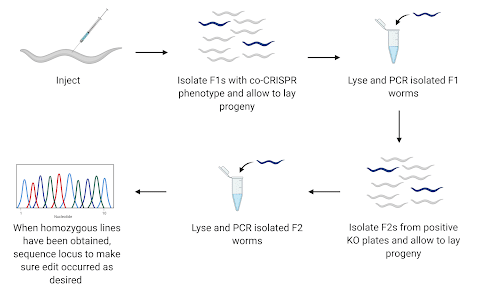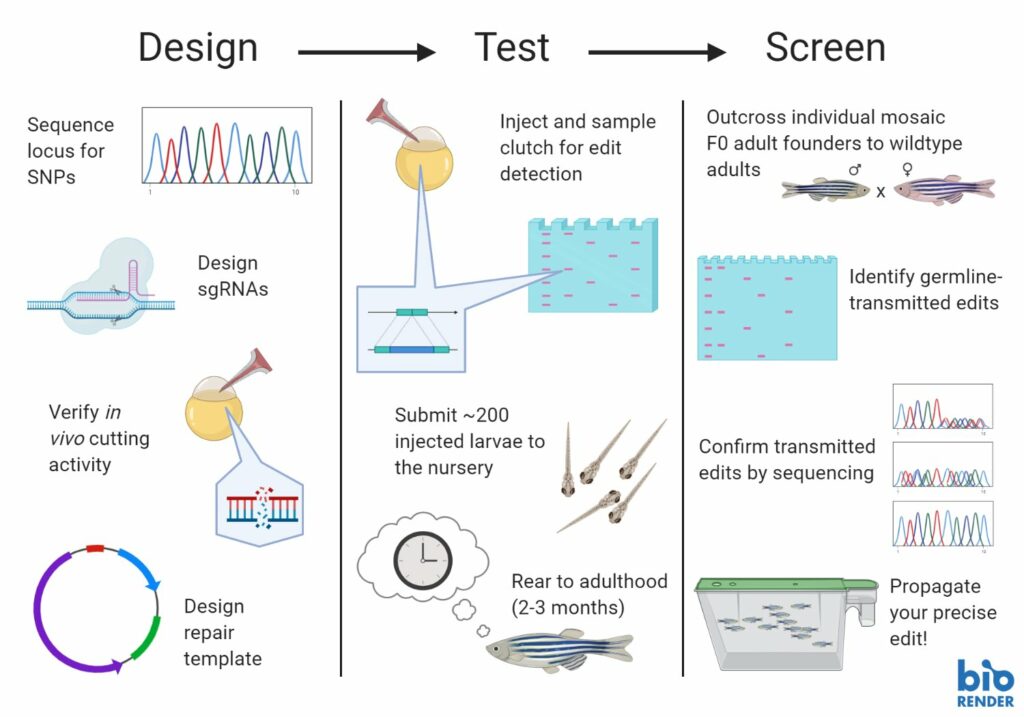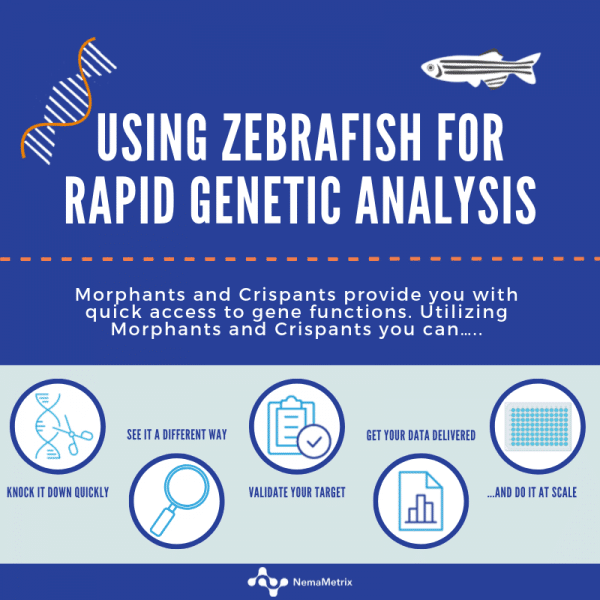InVivo Biosystems Blog
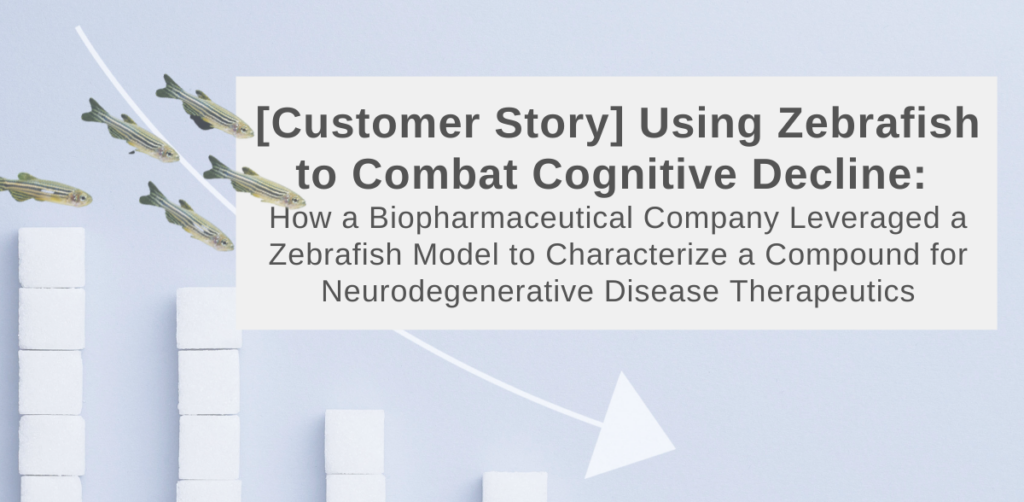
Using Zebrafish to Combat Cognitive Decline: How a Biopharmaceutical Company Leveraged a Zebrafish Model to characterize a Compound for Neurodegenerative Disease Therapeutics
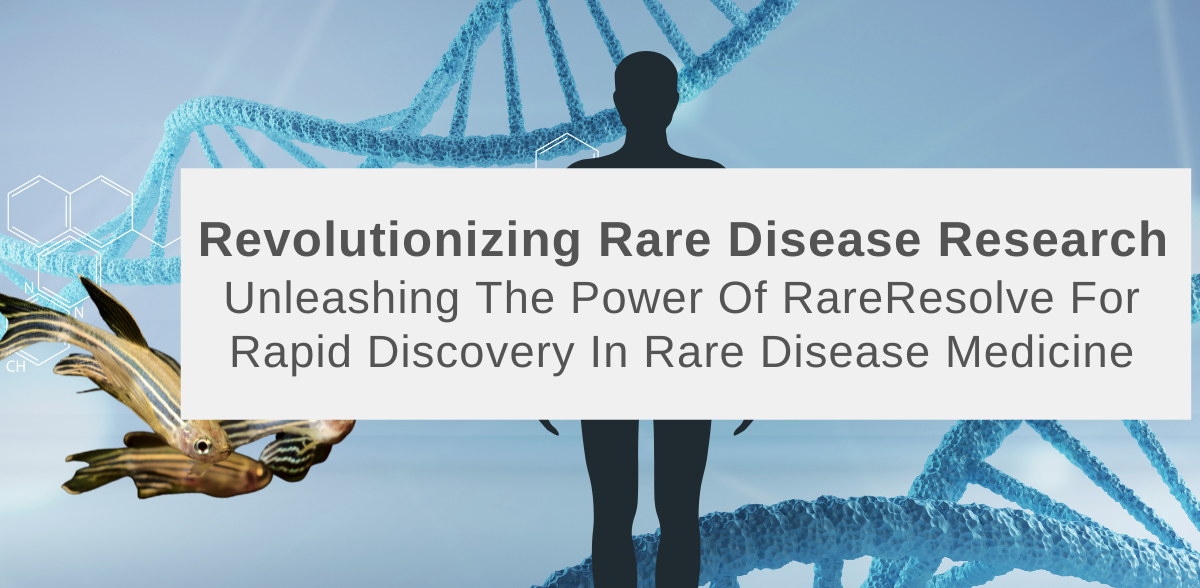
Speeding up the diagnostic journey for Rare Disease patients: An in vivo discovery platform that helps classify variants of uncertain significance
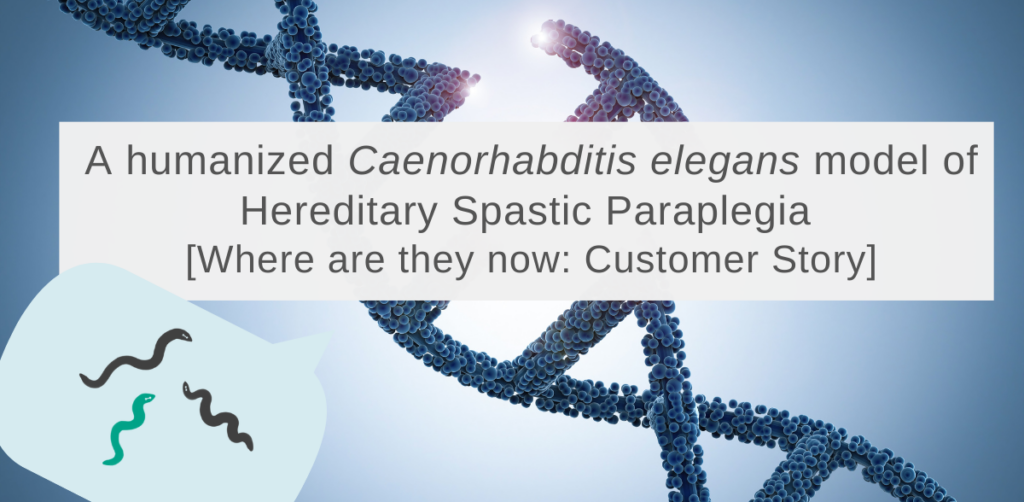
A humanized Caenorhabditis elegans model of Hereditary Spastic Paraplegia [Where are they now: Customer Story]
By:
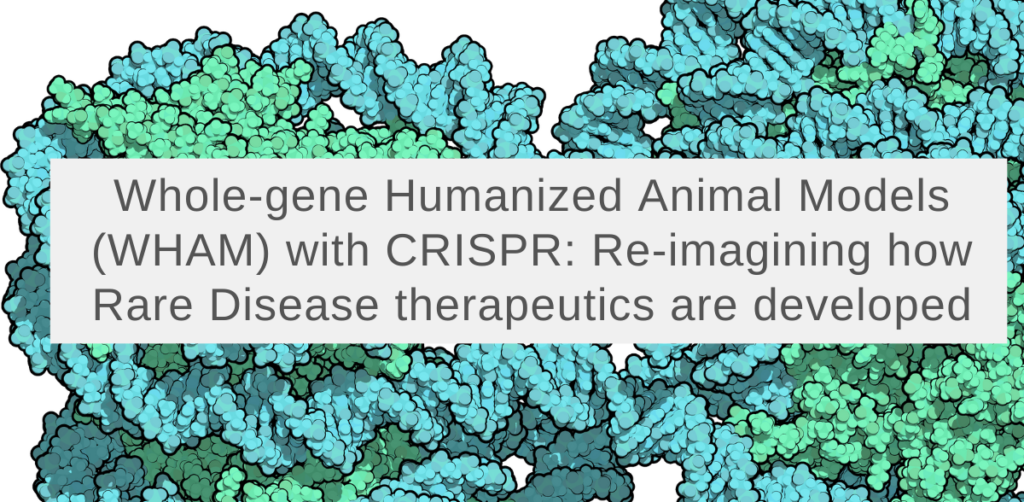
Whole-gene Humanized Animal Models (WHAM) with CRISPR – Re-imagining how Rare Disease therapeutics are developed

America is finally investing in Biotechnology & Biomanufacturing in a Big Way
By:
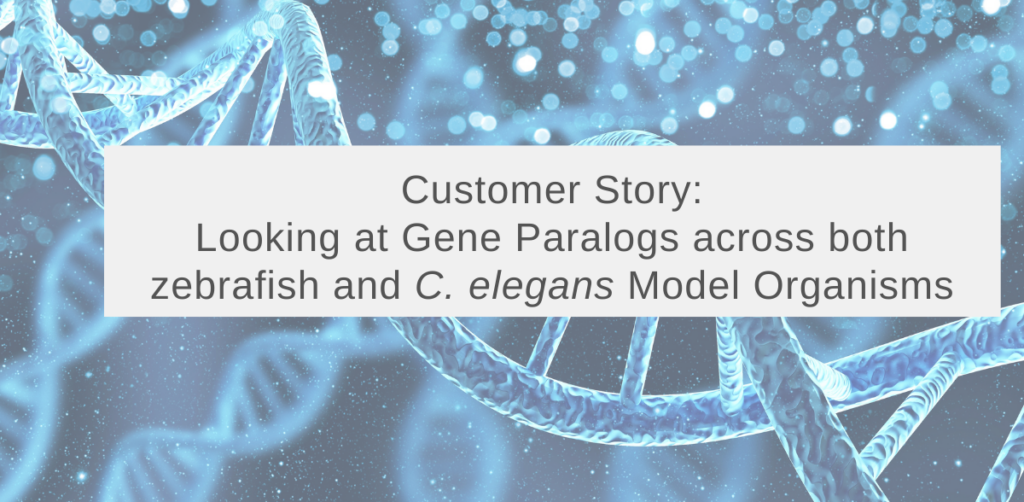
Looking at Gene Paralogs across both zebrafish and C. elegans Model Organisms [Customer Story]
By:
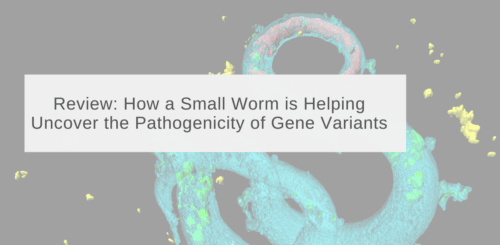
Review: How a Small Worm is Helping Uncover the Pathogenicity of Gene Variants

Does everyone have digestive issues? — Gut dysbiosis is on the rise.
By:
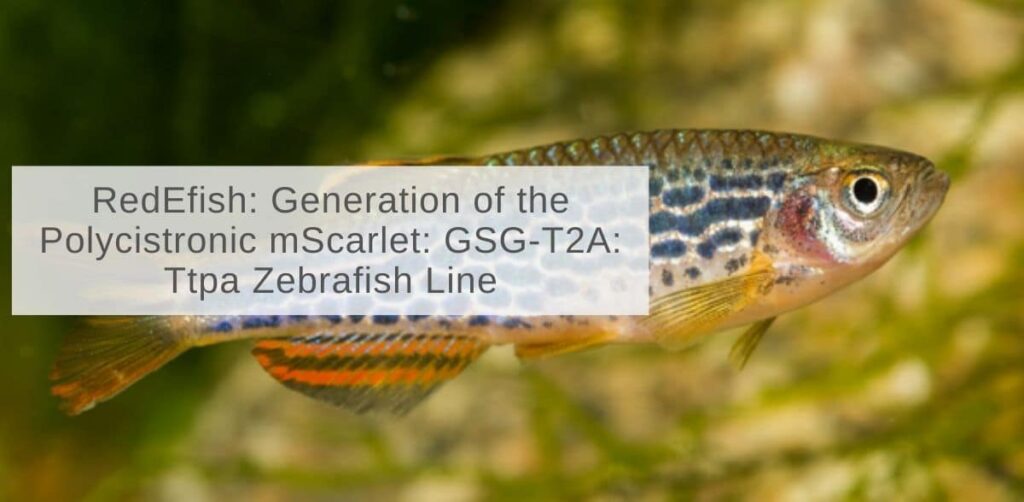
RedEfish: Generation Of The Polycistronic MScarlet: GSG-T2A: Ttpa Zebrafish Line
By:
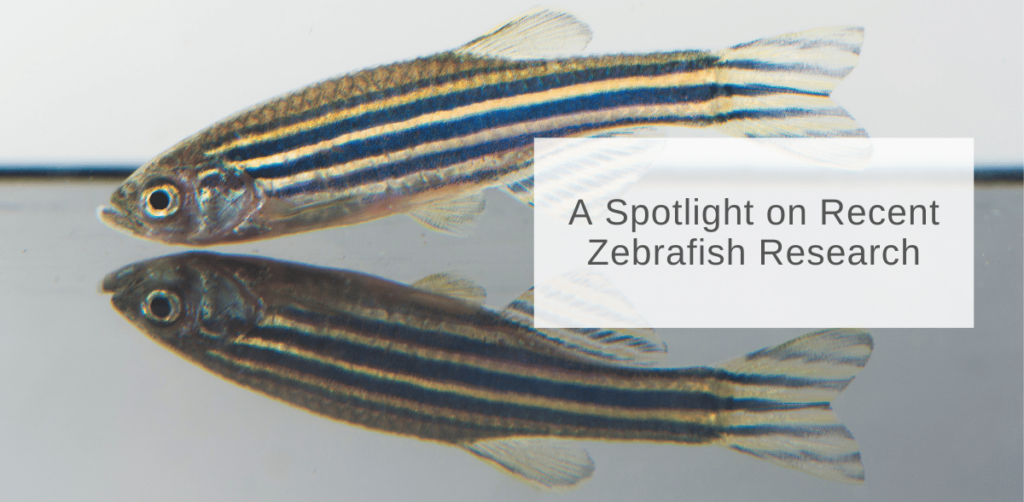
A Spotlight on Recent Zebrafish Research
By:
We’ve compiled some of the most recent informative and influential research being done using the zebrafish model
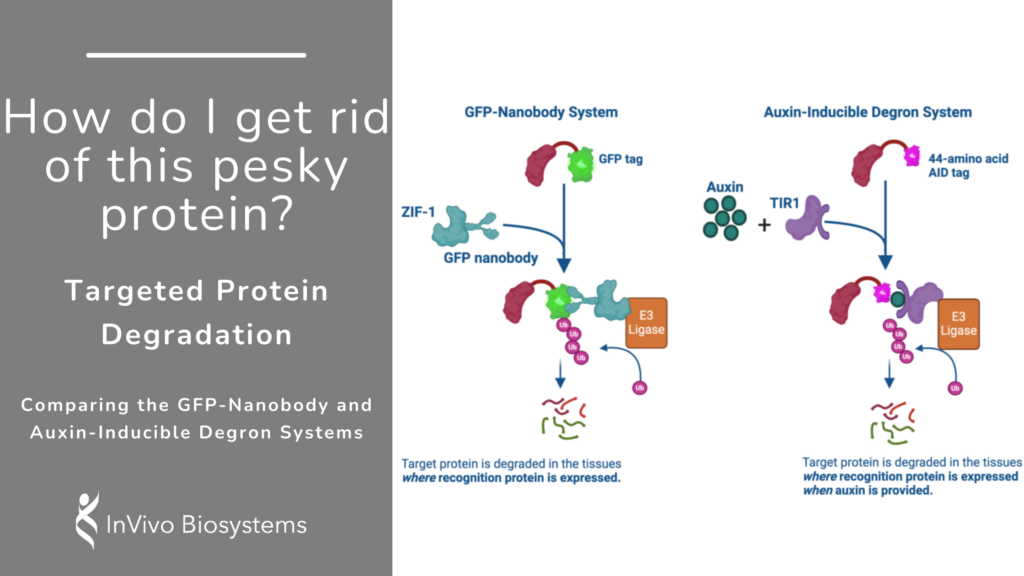
How do I get rid of this pesky protein? The Hows and Whys of Protein Degradation
By:
Being able to understand how a protein acts in specific tissues and times can be key for the general understanding of a protein’s function.
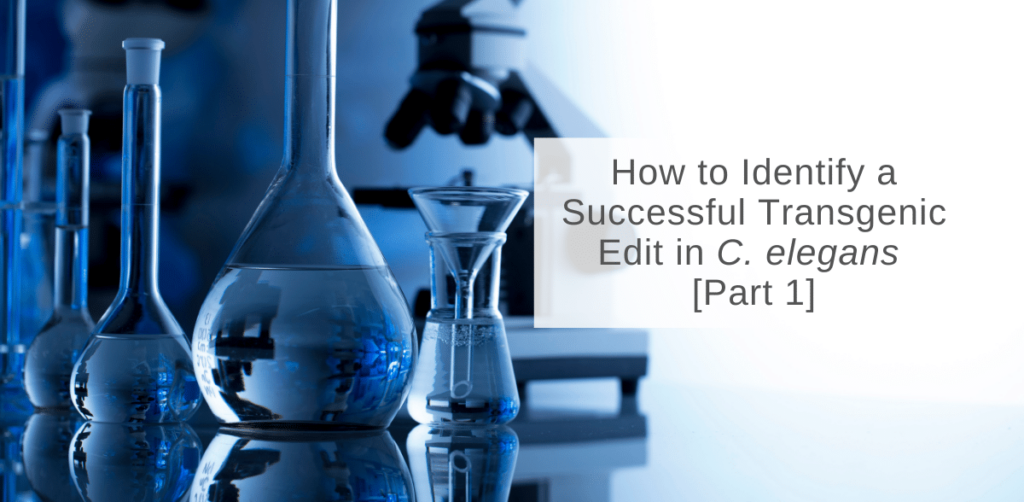
How to identify a successful transgenic edit in C. elegans Part 1
By:
In this blog, we will discuss key factors to consider when choosing a screening method, introduce various editing techniques, and discuss the pros & cons
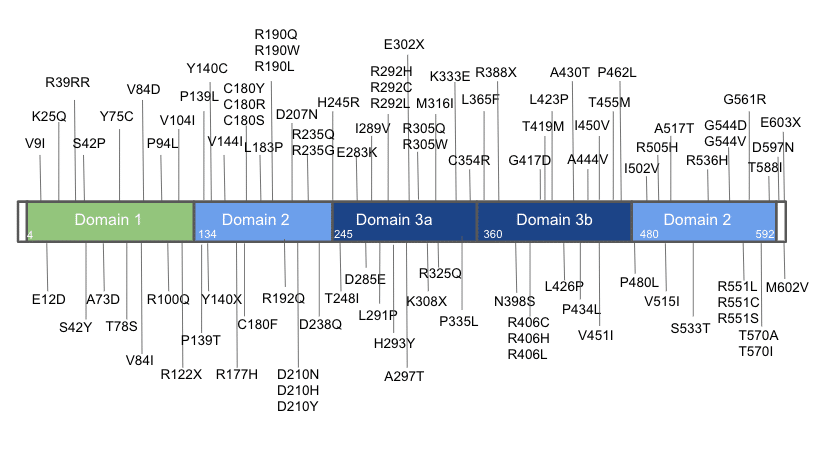
90 Mutations with 1 Gene: Functional Analysis of Variants Using C. elegans
We created over 90 point mutations in the STXBP1 gene via CRISPR. A map of these point mutations can be seen above. Clinical variants
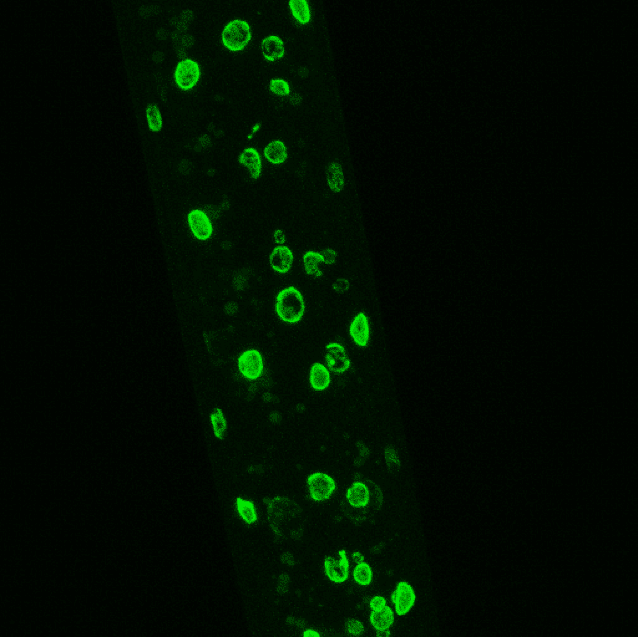
Fluorescent Tagging Capability Demonstration
By:
At InVivo Biosystems, we have been working with fluorescent tags in C. elegans for over five years, and we have made over 600 fluorescent transgenic lines.
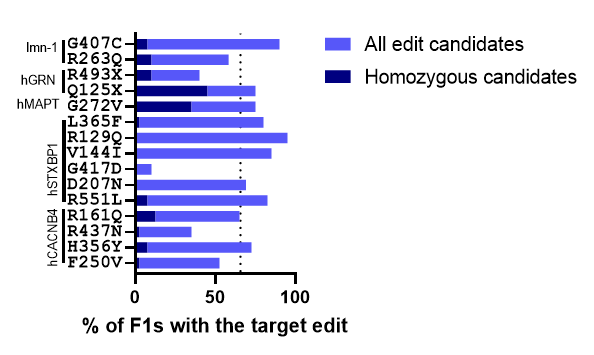
We Used CRISPR To Make 15 Point Mutations In 5 Genes. Here’s What We Learned.
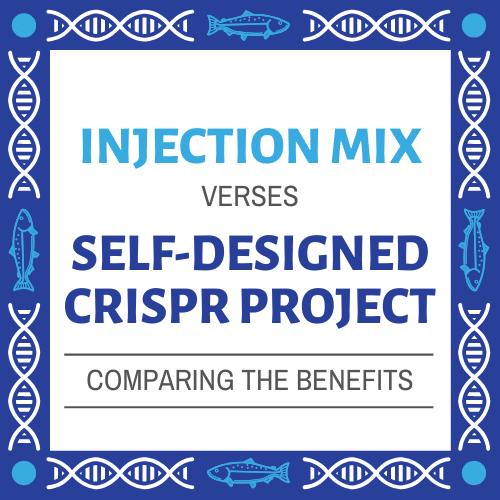
Zebrafish Injection Mix: Buy verses DIY, what are the real costs? [Infographic]
By:
Make sure you understand all of the costs associated with DIY-ing a zebrafish CRISPR project verses outsourcing it to a team with years of experience.
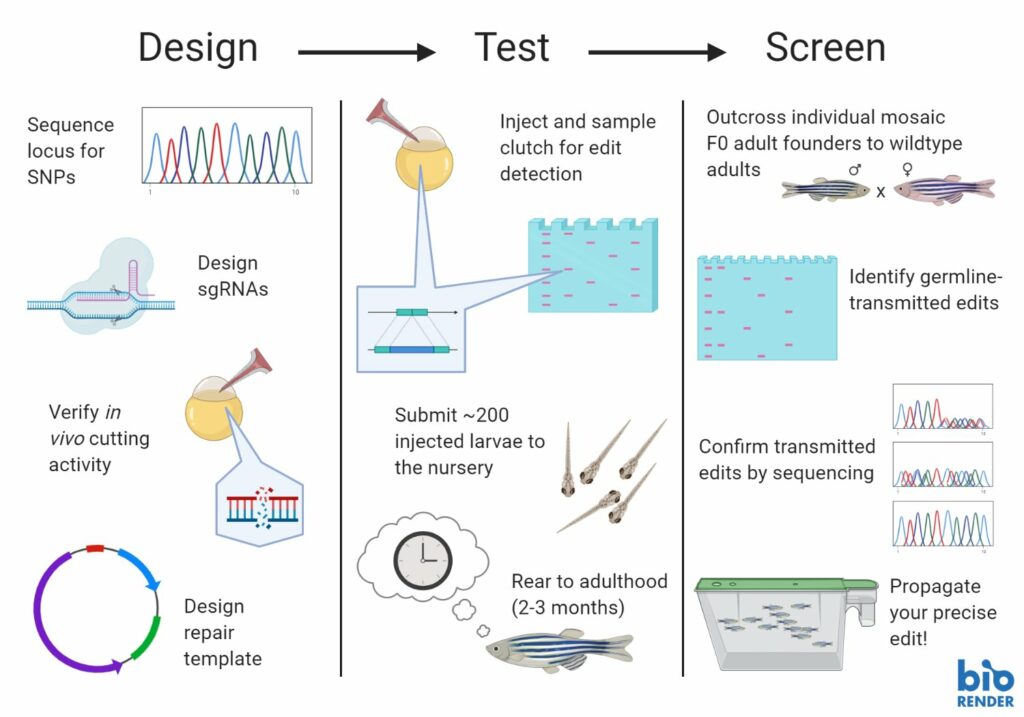
11 Steps to a Successful CRISPR Knock-in
By:
Knock-ins are hard, for a long time people even said they were impossible, but we are nearing an 80% success rate for CRISPR knock-ins in
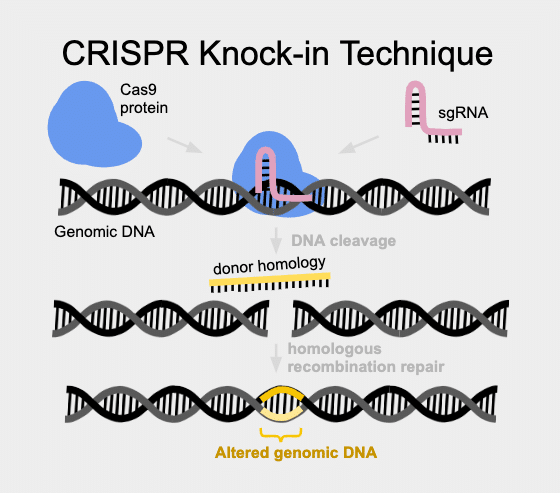
The Challenge of Getting CRISPR-based Knock-ins to Work in Zebrafish
We take a look into why so many zebrafish groups struggle to achieve knock-in transgenesis and what makes knock-ins so difficult.
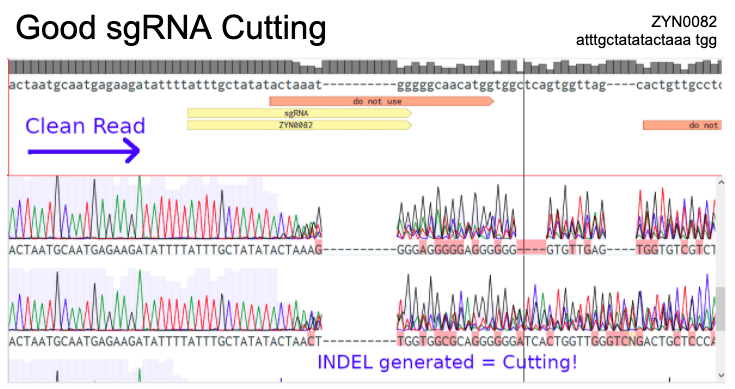
To truly validate your sgRNAs, go In Vivo
By:
CRISPR/Cas9 gene editing for Zebrafish is a rapidly growing molecular biology toolset with diverse applications, but is not without its technological barriers. Reagent sourcing, design
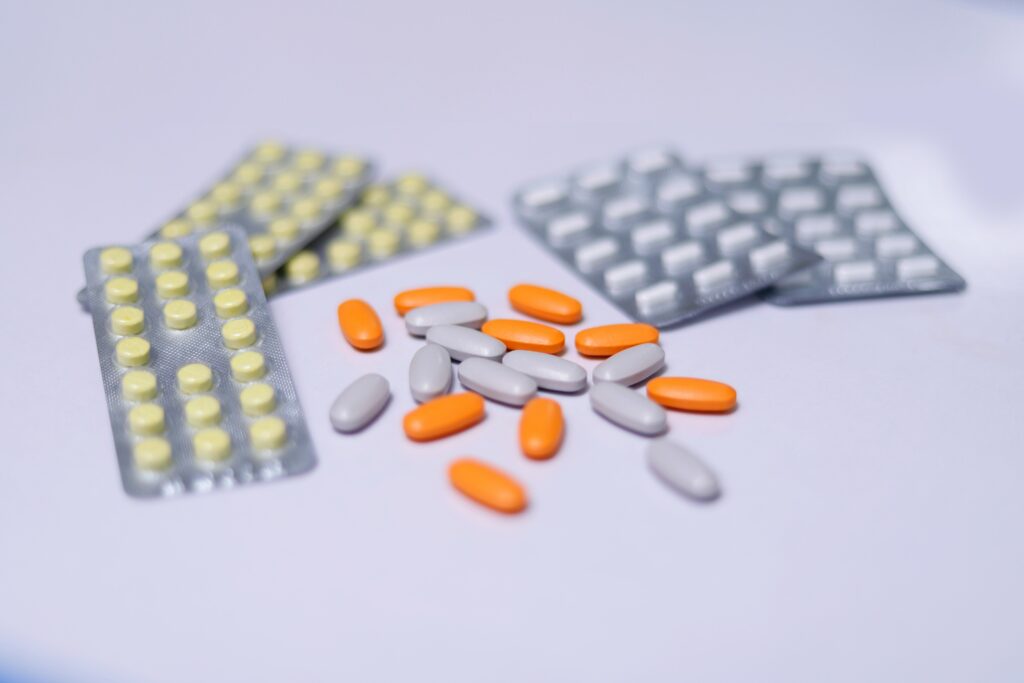
CRISPR technologies enable humanized animal models to aid disease research
By:
C. elegans as a model to evaluate the function of disease genes In 1998, the soil nematode Caenorhabditis elegans became the first multicellular organism of
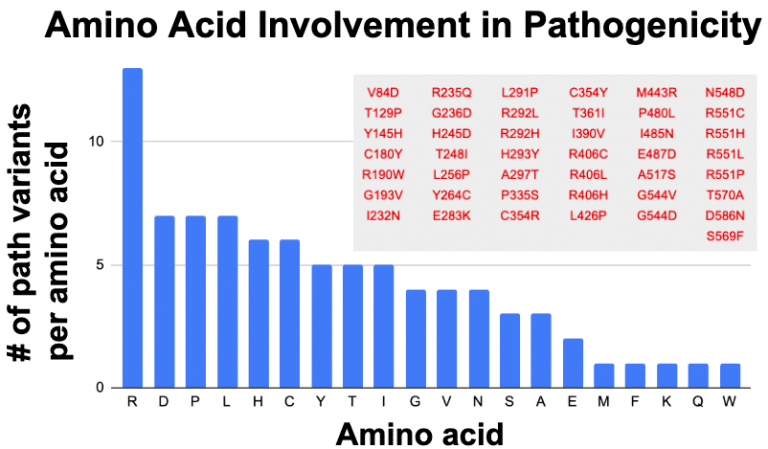
Arg…What’s up with that? Arginine is Enriched in Pathogenic Variants
By:
Our CSO explores a theory he has about the amino acid arginine which seems to be showing frequent association with pathogenicity.
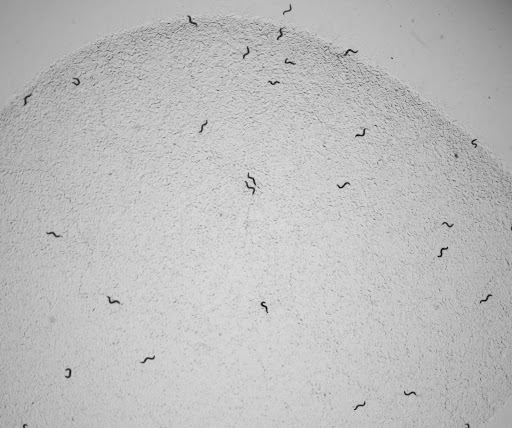
Article Review: The Caenorhabditis elegans Transgenic Toolbox
By:
We reviewed a recent article that discusses the best techniques available for C. elegans transgenics, as well as experimental concerns that should be considered.
Genomic baggage – What are the skeletons rattling in your genetic closet?
By:
When you receive your genomic report, you have a movement of trepidation.What will it say? Will it have something that says you should do countermeasures
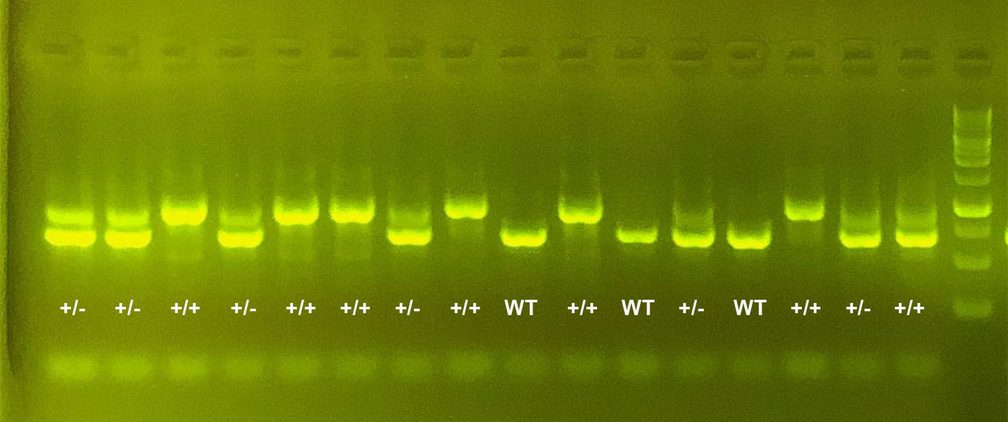
Conditional mutagenesis by loxP insertion in zebrafish – outfoxing the unfloxable
By:
CRISPR/Cas9-mediated integration of loxP sequences for conditional mutagenesis in zebrafish has recently made its way into the toolkit of zebrafish researchers. In particular, CRISPR/Cas9 mutagenesis
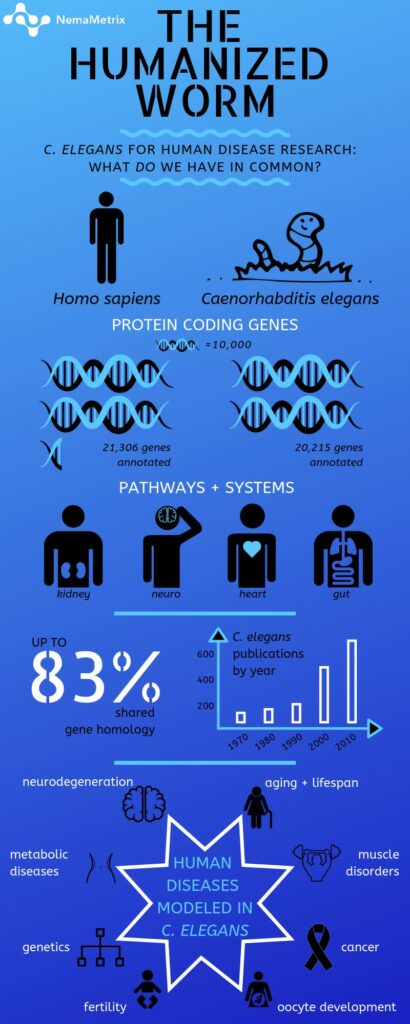
The Humanized Worm [Infographic]
By:
Humanized model organisms are powerful biological models that allow scientists to study human disease genes in simpler contexts without losing the value of in vivo
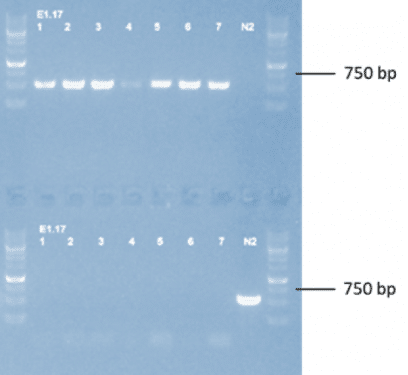
New Milestone! We can now remove over 43,000 bp from C. elegans genomic DNA!
By:
12k, 24k, 36k…we can now precisely remove over 43k bp from C. elegans genomic DNA! Knocking out genes is a commonly used tool for biologists

C. elegans as Fast and Affordable System for Variant Phenotyping
By:
Systems for Functional Studies A variety of modeling systems can be used to explore variant function. Initially, many researchers turn to a computational approach to
Worming into Relevance – Human disease models in the C. elegans nematode
By:
The philosopher Friedrich Nietzsche once said: “You have evolved from worm to man, but much within you is still worm.” Genetic diversity in individuals and
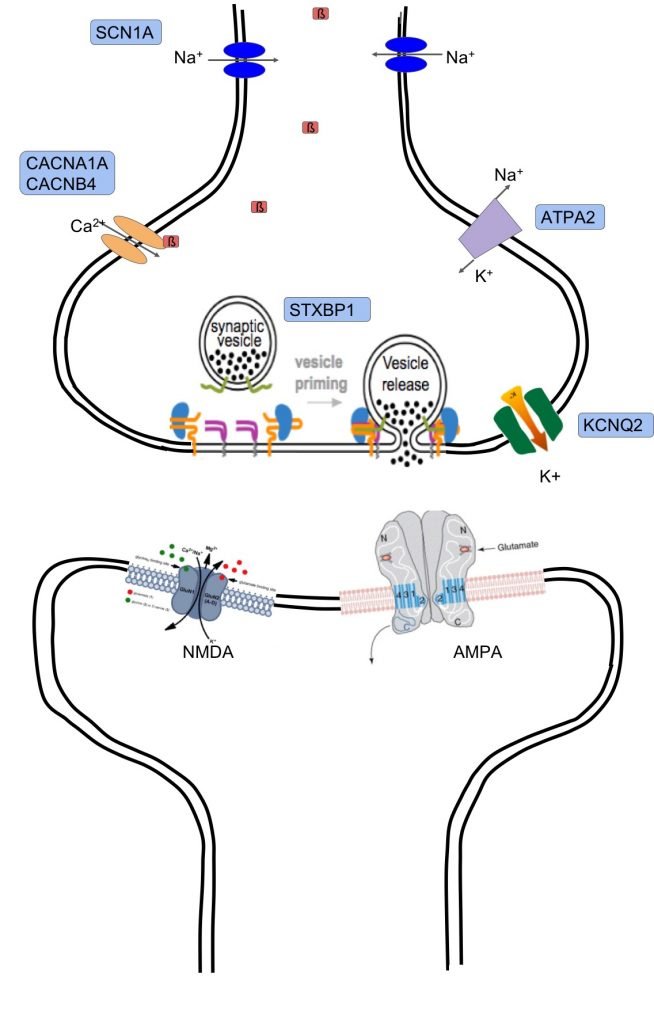
Functional analysis of variants to aid understanding of children’s epilepsy
By:
Performing sequence analysis on a patient with a suspected genetic disease is becoming a standard of care. However, when a genetic variation is identified as
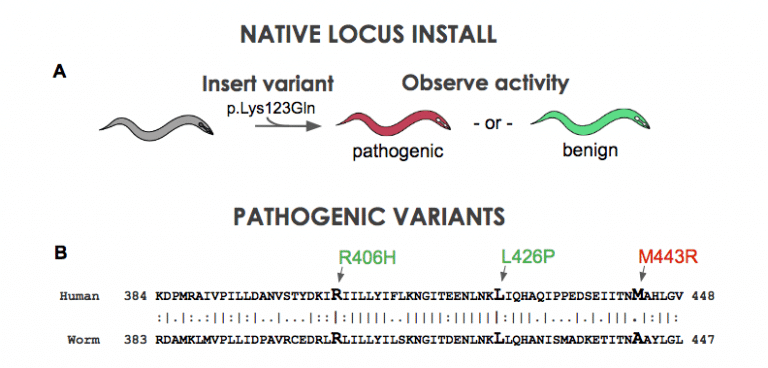
Worming into Relevance – Human disease models in the C. elegans nematode
By:
The philosopher Friedrich Nietzsche once said: “You have evolved from worm to man, but much within you is still worm.” Genetic diversity in individuals and
CRISPR/Cas9 off target effects: Hyperactive cutting or media hype?
By:
There has been a lot of media coverage in recent months surrounding CRISPR/Cas9 and the potentially life changing impact the gene-editing technology could have. More

Insertion of two loxP sites to produce a knockout (KO) of an embryonic lethal gene
By:
A client wanted a knockout (KO) of an embryonic lethal gene. We could not make this line using our standard methods. Instead, we inserted two

An Abnormal Absence of Antibodies: Filling the Gaps with Gene Editing Tools in Zebrafish
By:
The zebrafish is an increasingly popular laboratory organism with many experimental advantages. The animal model has been used by biologists to discover the detailed processes
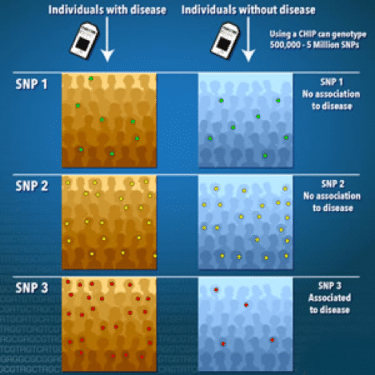
Genome wide associations and the nematode pharynx: ever the twain shall meet
Question: What might you get if you cross the feeding organ of a roundworm with a genome wide association study? Answer: A cornucopia of novel

Unlocking the Potential of C. elegans for the Study of Rare Disease
By:
Dr. Andy Golden at NIH discusses his work on identifying regulators and interactors of conserved genes in C. elegans that, when mutated, can cause human disease
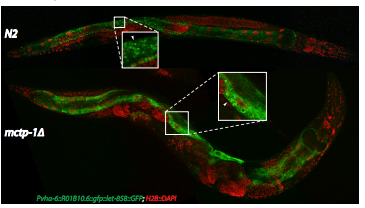
Modeling Rare Diseases in Caenorhabditis elegans
There are approximately 7,000 rare diseases in humans, ~80% of which are monogenic. A rare disease is defined as affecting less than one in 1,500
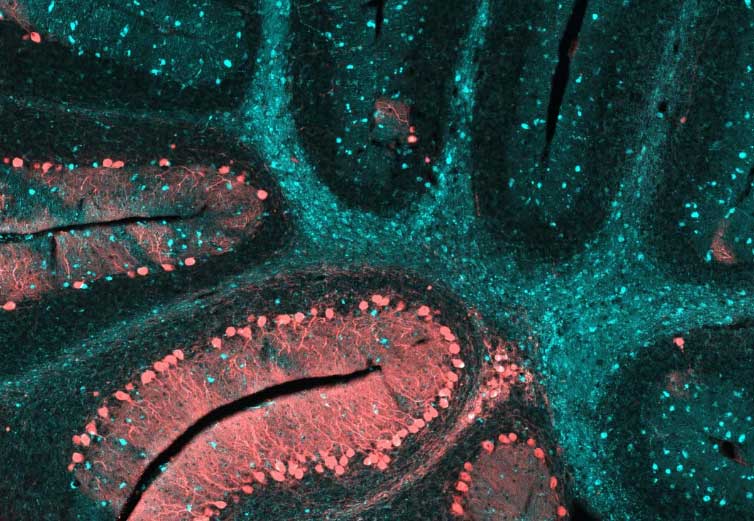
Searching for a cure for Niemann-Pick Type C using C. elegans
Niemann-Pick Type C is a rare and fatal disorder affecting children. We explore the efficacy of new potential therapeutics with the ScreenChip System.
Load More

